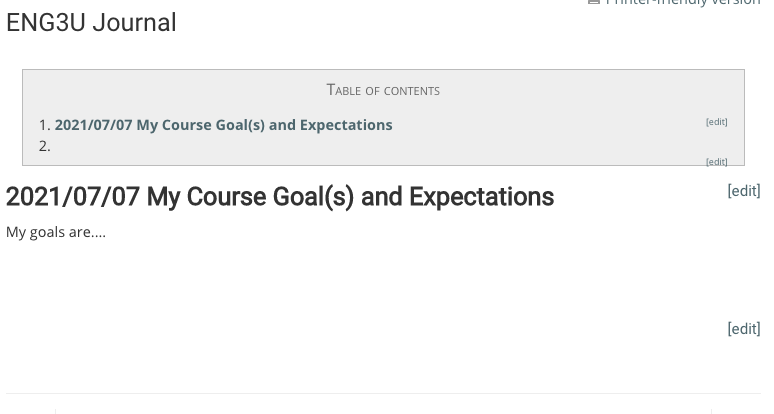Journalling 100
A Note about starting a JOURNAL
A journal captures thoughts, questions, wonderings, and interpretations. A journal should be a combination of images, notes, and artifacts that capture your thinking and discovery. It becomes a collection of your observations, notes, images, digital artifacts, quotations, and references.
Proper note-taking skills are crucial because they let you record what is important about something you are reading and learning. You will benefit from keeping an organized journal, as it will be useful for your culminating project. MOODLE contains a link to JOURNALLING 100. Enter your journal texts here. You will be prompted to reflect on your learning and track your growth throughout the course.
For each Journal entry, start with the date (yyyy/mm/dd) and title of the journal assignment (bolded and use heading (medium)). Then your response.
To use heading (medium), click the i in your text box options:

Now, let’s try it out! Open JOURNALLING 100. Write down your course goal(s) and expectations on page 1 of your Journal. You will return again and again to the Journal when prompted by the teacher.
Use the following official expectations to guide you but write down your personal expectations in your own words.
- read and demonstrate an understanding of a variety of literary, informational, and graphic texts, using a range of strategies to construct meaning;
- recognize a variety of text forms, text features, and stylistic elements and demonstrate understanding of how they help communicate meaning;
- use knowledge of words and cueing systems to read fluently;
- reflect on and identify their strengths as readers, areas for improvement, and the strategies they found most helpful before, during, and after reading.
Your entry should look like this when finished today's entry:
